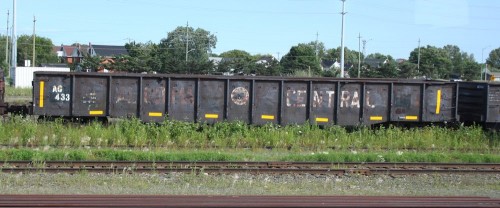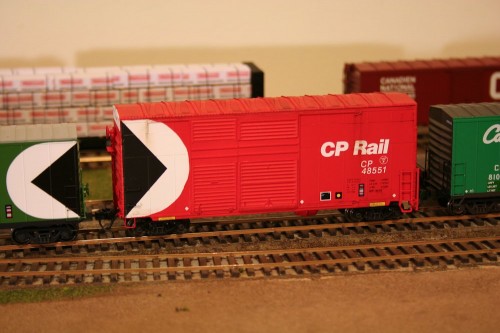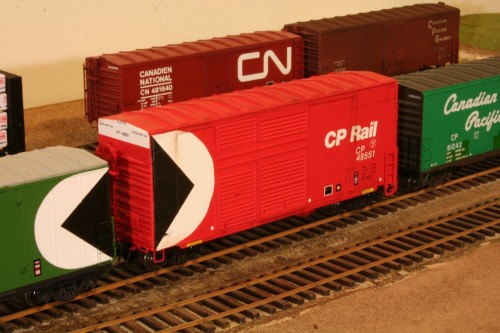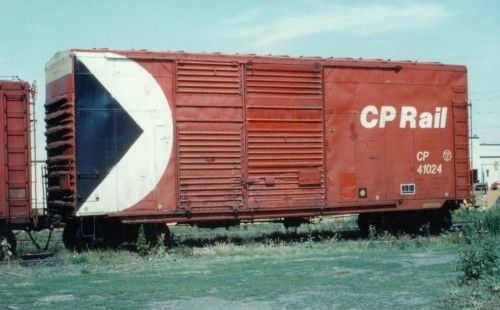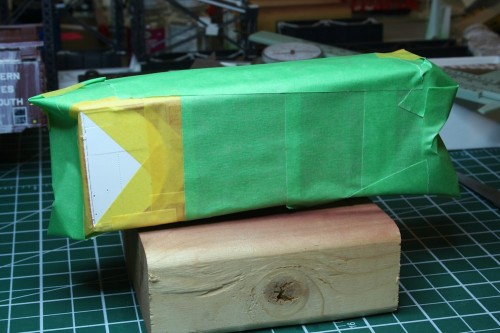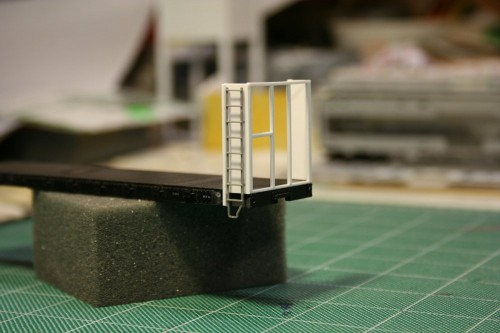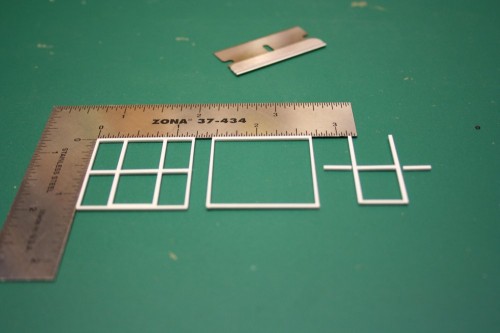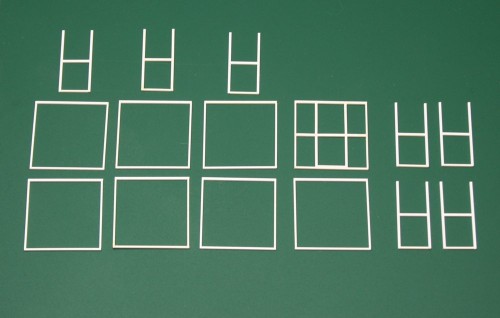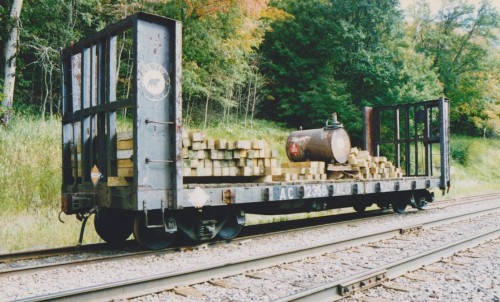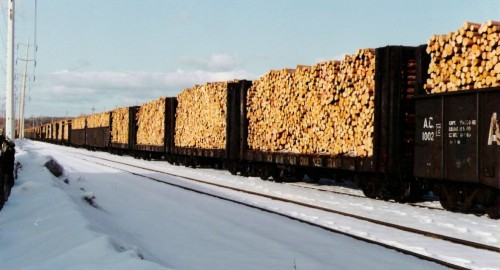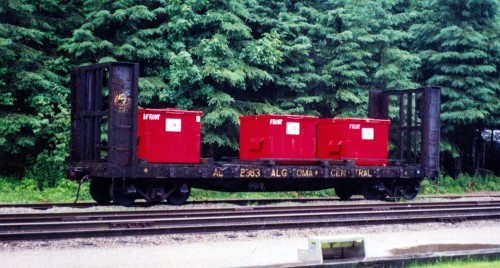To keep this blog a little more active and interesting, and to share a bit of the collection, I’m going to try this new feature. On a semi-regular basis, I’ll schedule these posts for Friday mornings.
“Freight Car Friday” posts will normally consist one or two related photos of an Algoma Central freight car, or some other freight car subject related to the AC. This might be a prototype shot or a model shot. It might be an AC car, or a non-AC car photographed on the AC, or otherwise related in some context. It might be a revenue service or non-revenue car. It may or may not include a lot of commentary with the photo.
So check back in here on Fridays for a regular dose of freight cars. I should have enough material to keep this going for quite a while.
I’ll lead off the series with this photo of AC 433 at Steelton yard, taken on July 28, 2014 from the Agawa Canyon Tour Train on my summer railfanning vacation to northern Ontario.
The 400 series number on this car was assigned by Wisconsin Central in the late 1990s. The lettering style marks this as originally from somewhere in the AC 601-875 series of 52’6″ gondolas built by National Steel Car in two separate batches in 1959 and 1961. Notice though the additional little angle iron brackets along the top edge of the car side in several places; these appear to be attachment points for clamping down covers for protecting coil steel loads, indicating that prior to its renumbering to the 400 series by WC for work service, this was either a 925-934 or 975-984 series coil steel service car (these two groups were drawn from former 601-875 series cars; another group of 25 cars numbered 900-924 was acquired new in 1961 for coil steel service). When in coil steel service, they would have colourful bright yellow painted 3 piece steel covers to protect the load. It’s now one of five AC gondolas on hand at Steelton yard loaded with track panel sections and track materials for effecting quick repairs to a section of track.

